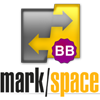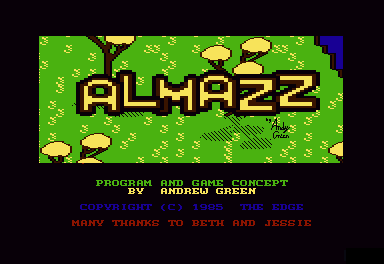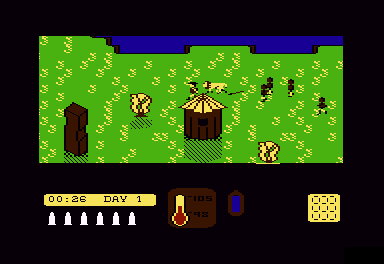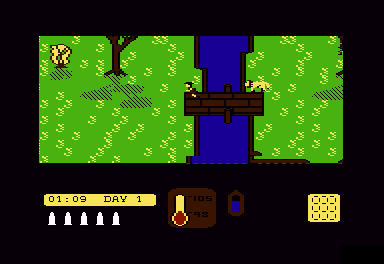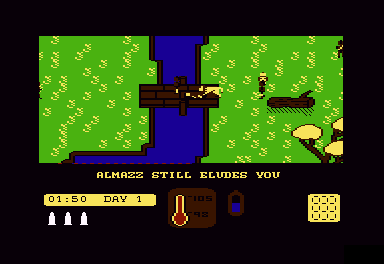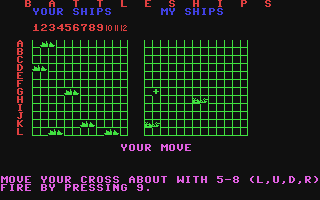is a computer supported collaboration environment designed to foster the growth of knowledge building communities. It's based on the CSILE project, developed at the
CSILE was pioneering and innovative, but in May 1994 limitations in its feature set and a desire to see it in wider use led to a collaboration with Learning in Motion to redesign it. The scope of the necessary changes neccessitated a complete reimplementation and the decision was taken that it would be released as a commercial product.
Cyrus Ghalambor started work on the KF 2.0 client application in July 1995. I was busy with NetPhone till December 1995, when I started working full time on the client's data API and the server that would satisfy its requests. We looked at several existing database libraries, but they were either too limiting or could not run on Mac OS (Classic, of course). So I implemented ZDBase, a portable database engine that was built on ZooLib. Client and server communications and the server's administration UI were also built using ZooLib.
The client application's event loop, menus and windows were handled by a refinement of Berkeley Systems' Zoom framework. It had two main types of windows. The note window used Zoom for its controls, and the WASTE text engine for its text editing panel. The view window provided a two-dimensional icon-based representation of collections of content, its operation was closely modeled on that of Apple's Finder, and it was implemented using ZooLib. The note and view windows also contained pictures, in-line with the text in the note window and in a layer behind the icons in the view window. Pictures were edited in place using a nice painting implementation by Kevin Parichan.
Other dialogs and property inspectors were based on Zoom or ZooLib, depending on whether they were written by Cyrus or by me.



